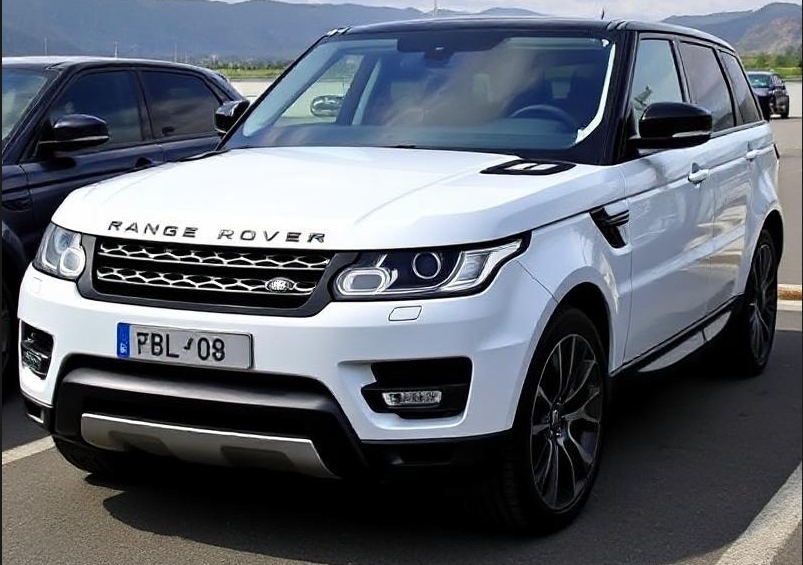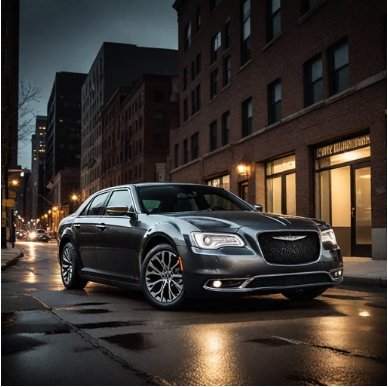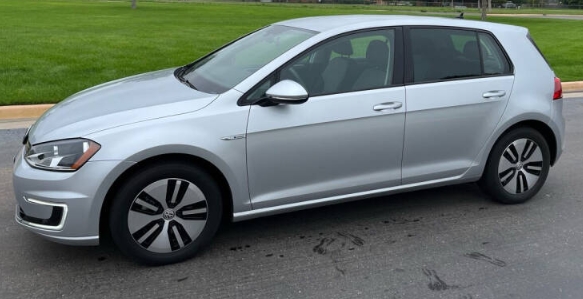The Evolution of the Range Rover Sport: A Journey Through Luxury and Performance
The automotive world is an ever-evolving landscape, where brands continuously push the boundaries of design, technology, and performance. Among these, Land Rover stands out, particularly with its line of luxury SUVs. The Range Rover Sport, introduced in 2005 as a more athletic counterpart to the standard Range Rover, has undergone substantial evolution in design, performance, and features. This article takes an in-depth look at the evolution of the Range Rover Sport, highlighting its production years, model variations, and trim levels throughout its illustrious history.
The First Generation (2005-2013)
Introduction and Production Year
The Range Rover Sport debuted in 2005 as a 2006 model, aiming to attract a younger demographic with a sports-oriented aesthetic and performance. Built on a modified version of the L319 platform, shared with the Discovery 3, the Range Rover Sport retained the iconic Land Rover off-road capability while infusing a sportier edge.
Engine Options and Trim Levels
The first-generation Range Rover Sport was available in three primary trim levels: Base, HSE, and Supercharged.
- Base Model: Equipped with a 4.4-liter V8 engine producing 300 hp, it offered a solid performance for daily driving.
- HSE: The HSE added several luxury features, including premium leather upholstery, an upgraded sound system, and navigation. Its powertrain options included a 4.2-liter supercharged V8 engine generating 390 hp, emphasizing performance without sacrificing luxury.
- Supercharged: The pinnacle of the first generation featured the potent 4.2-liter supercharged V8, allowing it to accelerate from 0 to 60 mph in under 7 seconds, a remarkable feat for a luxury SUV of its time.
This generation also saw the introduction of several special editions, including the Tdv6 and Tdv8, which highlighted diesel variations more popular in international markets.
The Mid-Life Facelift (2010)
In 2010, the Range Rover Sport underwent a significant facelift. This redesign introduced a more prominent grille, updated headlights, and a revised rear end. The interior received upgrades, including improved materials, a new infotainment system, and better seating options.
Trim Level Adjustments
The trim levels remained largely the same, though the HSE gained a few more luxury features, and the Supercharged model received performance enhancements. Options for enhanced safety features, such as adaptive cruise control, became available to boost the overall driving experience.
.

.
The Second Generation (2014-Present)
Launch and Innovations
The second generation Range Rover Sport was unveiled in 2013 and hit the market as a 2014 model. Built on the new L494 platform, it was lighter and more agile thanks to an aluminum-intensive construction, which improved fuel efficiency and performance.
Engine Options and Trim Levels
The second generation came with several engine options and trim levels, further diversifying the offering:
- SE: The base model featured a supercharged 3.0-liter V6 with 340 hp, a significant improvement from the first generation’s base model.
- HSE: The HSE retained luxury but included the more powerful supercharged variant (also 3.0-liter) yielding 380 hp, presenting a blend of opulence and performance.
- HST: Introduced as a sporty variant, the HST featured unique styling elements, upgraded suspension, and a 3.0-liter supercharged V6 engine outputting 400 hp.
- Autobiography: A high-end model, it provided extensive customization options, premium materials, and the option for a powerful 5.0-liter supercharged V8 engine producing up to 510 hp.
- SVR: Launched in 2015, SVR was the performance-oriented model aimed at enthusiasts. It featured a hand-assembled 5.0-liter supercharged V8 engine generating 550 hp, capable of propelling the vehicle from 0 to 60 mph in just 4.5 seconds. The SVR also received performance enhancements, including larger brakes, a more aggressive suspension setup, and unique styling cues.
Updates Over the Years
With each passing year, Land Rover continued to refine the Range Rover Sport. In 2018, a mid-cycle refresh brought updated LED headlights, a revamped infotainment system, and improved driver assistance technologies.
2020 Facelift and Technological Advancements
In 2020, the Range Rover Sport underwent another facelift, emphasizing connectivity and tech enhancements:
- The interior saw the introduction of the Pivi Pro infotainment system, boasting dual screens and advanced features like remote access through smartphones.
- Engine options included mild-hybrid systems for improved efficiency, alongside a plug-in hybrid variant allowing for electric-only driving up to 19 miles.
- The introduction of the SVR Carbon Edition offered aesthetic upgrades, carbon fiber elements, and race-tuned specifics.
Current Range and Future Insights
As of 2023, the Range Rover Sport continues to evolve into a more sustainable vehicle without compromising luxury or performance. The latest models feature a range of trims such as Dynamic SE, Dynamic HSE, and Autobiography, enhancing both performance and comfort with exceptional interior features and cutting-edge technology. The electrification trend has led to anticipated models in the near future, combining luxury SUV characteristics with environmentally conscious engineering.
Future Outlook
Looking ahead, the Range Rover Sport is expected to embrace full electric options and advanced driver-assistance systems to improve safety and convenience. The automotive industry is shifting toward sustainable practices, and Land Rover aims to be at the forefront of this evolution while maintaining its status as a luxury and performance SUV leader.
Conclusion
The Range Rover Sport has undergone a remarkable transformation since its introduction in 2005. From a powerful, sport-oriented SUV to a technologically advanced luxury vehicle, it has embraced consumer demands for both performance and sustainability. The evolution of its trim levels, engine options, and luxury features reflects Land Rover’s commitment to innovation, ensuring that the Range Rover Sport remains a standout choice in the luxury SUV market. With ongoing advancements and a strong focus on electrification, the future appears bright for this iconic model, further solidifying its place in automotive history.







